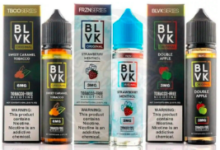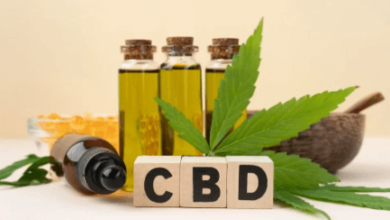What Does Cbd Look Like Vs Weed

CBD and weed showcase distinct physical disparities, with CBD usually manifesting as a crystalline powder or clear oil, in contrast to the greenish-brown plant material of weed. This stark variation extends to their chemical composition, with CBD boasting high cannabidiol levels for therapeutic benefits while weed contains higher THC levels, inducing psychoactive effects. Differences in appearance and cannabinoid profiles underline the unique characteristics of CBD and weed, shedding light on their diverse uses and effects. Understanding these disparities can provide valuable insights into their distinct properties and applications, offering a deeper comprehension of CBD versus weed.
Physical Appearance Differences
When comparing the physical appearance of CBD and weed, one can observe distinct differences that set them apart visually.
CBD typically appears as a crystalline powder or a clear oil, often colorless or with a slight golden hue.
In contrast, weed, also known as marijuana, presents as greenish-brown plant material with noticeable texture variations, such as leaves, buds, and sometimes seeds, depending on the strain.
Chemical Composition Variances
Exploring the chemical composition variances between CBD and weed reveals fundamental distinctions in their molecular structures and cannabinoid profiles.
CBD is known for its high levels of cannabidiol, offering therapeutic effects without the psychoactive ‘high’ associated with weed, which contains higher levels of THC.
These differences stem from varied cultivation methods and extraction techniques used for each, ultimately impacting potency levels and resulting effects on the consumer.
Packaging and Labeling Distinctions
Packaging and labeling distinctions between CBD products and weed play a crucial role in communicating essential information to consumers regarding product contents, usage instructions, and regulatory compliance. These distinctions are vital for complying with legal implications and regulatory requirements.
Moreover, they also serve as key elements in marketing strategies, influencing consumer perception and ensuring transparency in the marketplace. By adhering to strict labeling guidelines, companies can build trust with their customers and maintain regulatory compliance.
Read Also How Old Do You Need to Be to Buy Cbd
Conclusion
What Does Cbd Look Like Vs Weed? In conclusion, CBD and weed have distinct physical appearances, chemical compositions, and packaging differences. While weed is typically green and has a strong odor, CBD often appears as a clear or light-colored oil or powder.
Weed contains high levels of THC, the psychoactive compound, while CBD is non-intoxicating. Packaging for CBD products tends to be more regulated and labeled with detailed information, unlike weed products.
Interestingly, a study found that CBD sales in the United States are projected to reach $1.8 billion by 2022.



